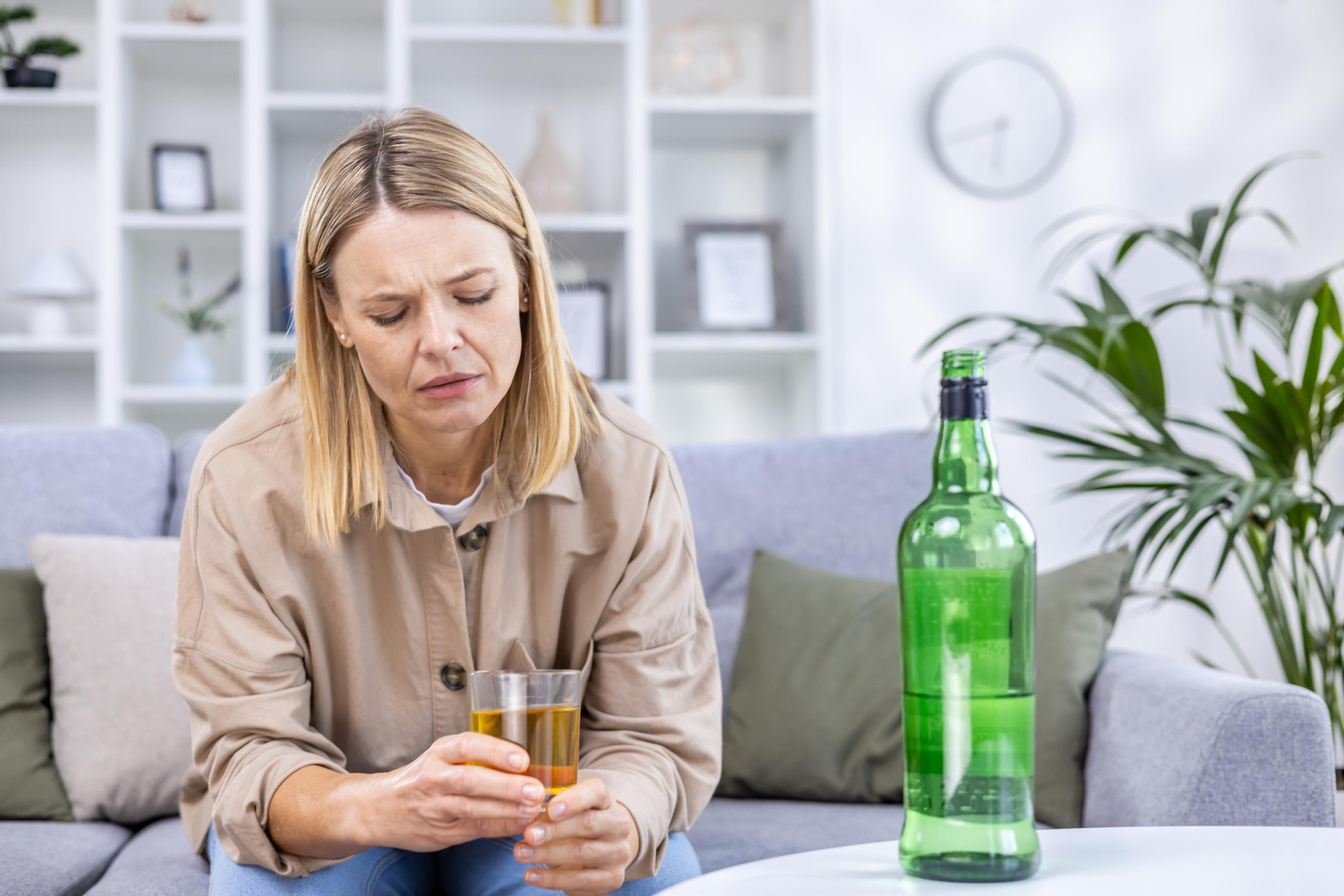Why You Are More Likely to Get a Sunburn in Spring
Shandra Martinez
| 3 min read

For some people, the danger of too much spring sunshine sneaks up on them every year. Maybe it has happened to you: You head outside on one of the first warm days after the snow has melted away. You’re finally able to break out the T-shirts and the sunglasses. Hours later, you see signs of sunburn on your cheeks, nose and arms. Isn’t spring too early to get a sunburn? No, skin care experts say, it’s prime time for the dangers of those UV rays. Let’s look at why you’re more likely to get a sunburn in the springtime.
What causes a spring sunburn?
Sunburn is caused by exposure to the sun’s ultraviolet (UV) rays. This means sunburn can happen any time of the year when your skin is exposed to sunlight. But there are two seasons of the year when your sunburn risk rises: Spring and summer. That’s because the sun’s UV rays are the strongest beginning in springtime and continuing through the summer months, according to the American Cancer Society.
Sunburn not only causes skin damage, but most skin cancers are also caused by too much exposure to UV rays. So, being aware of when that UV damage has its highest potential is important if you’re trying to protect your skin. Not only are spring and summer prime time for UV rays’ strength, research also has shown the rays are at their peak between the hours of 10 a.m. and 4 p.m. each day.
Signs of a spring sunburn
Some sunburns can be sneaky, only showing up on the skin hours after a person has come inside, according to the U.S. Centers for Disease Control and Prevention. Symptoms can start a few hours after you’ve been out in the sun, but can definitely feel worse the next day or even up to 36 hours later. And the effects can linger, too. Some sunburn symptoms can take up to five days to resolve. Symptoms might include:
- Headache
- Nausea
- Red or warm skin
- Skin that feels tender
- Blisters on the skin
- Skin that looks or feels swollen
- Fever
- Feeling tired
How dangerous is the sun?
It’s important to understand the risk when you’re talking about overexposure to the sun. Damage caused by UV rays is the leading cause of skin cancer. About 5.4 million new cases of skin cancer are diagnosed in the U.S. each year.
Protecting yourself from spring sunburn
While staying inside and out of the sun would keep you free from the damage of UV rays, hibernating is not the answer. Staying in the shade is good, but it’s not always possible. There are several practical ways to shield yourself from the sun that still allow you to have fun outside. Here are the top tips from the American Cancer Society and the CDC:
- Wear a shirt. This could be a T-shirt, a long-sleeved cotton or linen shirt, or the newer sun-guard shirts that have their own UV protection, also called a UPF rating. Dark-colored shirts and tightly-woven shirts provide more protection against the sun than light-colored, loosely-woven clothing.
- Wear a hat. Brimmed hats are best. Hats with brims that go all the way around and cover the tips of your ears offer the most coverage. Bonus points if the hats have a flap that covers the back of your neck.
- Sunglasses. Wrap-style sunglasses offer greater protection by covering the sides of your eyes, too.
- Sunscreen. Select sunscreens that offer a sun protection factor (SPF) of 15 or higher. The label should identify it as “broad spectrum,” or as a sunscreen that blocks both UVA and UVB rays. Apply the sunscreen 20 minutes before you go outside, and reapply every two hours – more often if you’re in water or are sweating.
Related:
Photo credit: Getty Images





